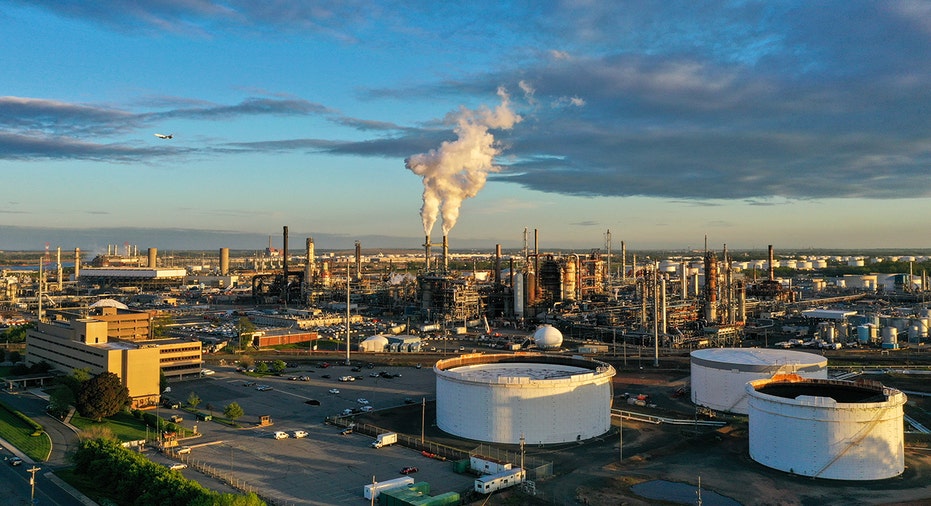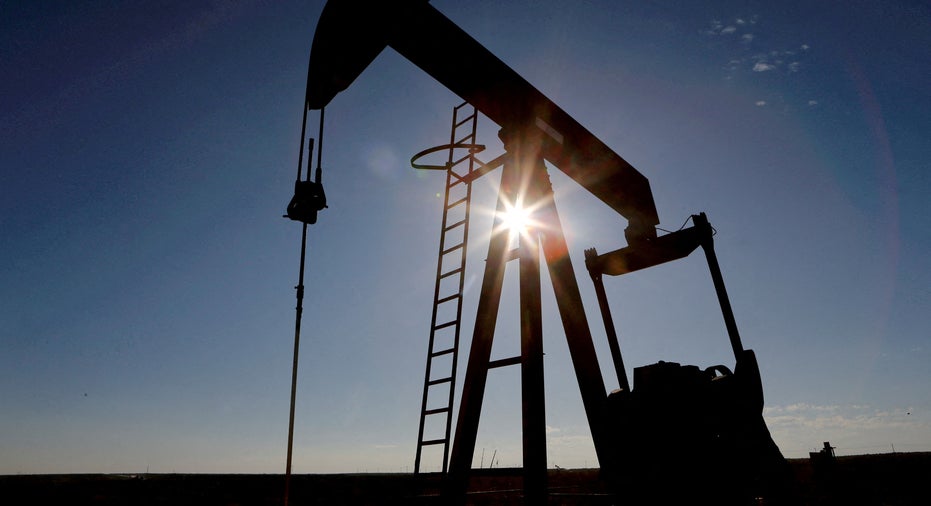AAA cautions over gas prices: Oil market disruptors 'always lurking'
The national weekly gas price average hits $3.64, up 9 cents from the week prior
GasBuddy analyst reports some states seeing 20 to 30-cent bumps at the pump
GasBuddy head of petroleum analysis Patrick De Haan warns retail gas prices will 'accelerate' in a few days due to OPEC's surprise cuts.
As the national price for a regular gallon of gas inched up 9 cents this week, an AAA spokesperson cautioned about oil market disruptors that are "always lurking" with the ability to push prices even higher.
"Something could be happening elsewhere around the world, and it could make the price really go up or down," AAA’s Andrew Gross told Fox News Digital on Thursday. "Whether it's fears of an economic slowdown that pushes the price down, or warfare or tensions, or things of that nature, that can cause the prices to go up. And also watch hurricane season. That's always lurking."
Elevated oil prices hovering in the low $80s per barrel have mostly fueled the rise in gas prices, according to Gross. For the week ending on April 13, the national gas price average sat at $3.64, up 17 cents from a month ago but 44 cents less than a year ago.
The oil market is also still largely reacting to the Organization of the Petroleum Exporting Countries (OPEC) surprise announcement that it may voluntarily cut production by 1 million barrels per day. Gross claimed markets are still trying to gauge OPEC’s next move.
FORMER ENERGY SECRETARY TORCHES BIDEN ADMIN OVER E.V. POCKET PUNCH: ‘THIS IS AN E.P.A. RUN AMOK’
"A lot of oil traders and people in the market are trying to figure out: What's OPEC up to? They didn't really give a clear reason why they did it," Gross explained. "And there are a lot of caveats to it, whether every OPEC nation is going to slash or just a few, and they said it was voluntary. And it's like, what does that mean? You're either going to slash or you're not cutting voluntarily."

According to AAA spokesperson Andrew Gross, geography plays "a big role" in the price you pay at the pump. (AP Newsroom)
While global oil prices account for about 55% to 60% of what American drivers pay at the pump, the AAA spokesperson argued, the other major contributing factor is demand.
"Will we have a robust driving season this year? Will a lot of people be hitting the pump and fueling up? That much we don't know," he said. "Demand did drop a little bit last week, and we have not had three weeks in a row of demand being over 9 million barrels a day in two or three years."
Even though gasoline prices are likely to continue to move higher incrementally each week, U.S. drivers should not expect a supply shortage as Gross claimed there’s "plenty of oil."
Kevin O'Leary planning to build brand-new US oil refinery
O'Leary Ventures Chairman and 'Shark Tank' star Kevin O'Leary announces on 'The Big Money Show' that he plans to invest in a new U.S. oil refinery.
Summer travelers and long-distance drivers probably won’t be phased by the price hikes either, and instead will budget in fuel costs for their trip.
"What drivers have told us they do in the past when gasoline gets to $4 in a month, is that they make daily changes in their driving habits. When they go out and run errands, instead of making separate trips, they may combine all their errands in one trip or they may drive a little less during the week. They may change their commuting," Gross said.
"But when it comes to big summer travel and going on vacation," he continued, "they're going to take their time."
States like California are already seeing gas prices surge over $4 per gallon. | AP Newsroom
Gross predicted that states along the West Coast and Rocky Mountains, as well as northern states like Maine, will see the highest average prices, while those closer to Texas and the Gulf Coast might see more moderate prices at the pump.
"Folks say, will America be living with $4 gasoline? But living with $4 gas in some parts of the country all along, versus other parts of the country barely over $3. So geography really does play a big role in what you're paying at the pump," the AAA spokesperson said.
GET FOX BUSINESS ON THE GO BY CLICKING HERE
Biden policies 'thwarting' American oil supply: Mike Sommers
American Petroleum Institute President and CEO Mike Sommers calls for a new five-year oil plan from Joe Biden and exploration of Gulf of Mexico drilling opportunities.
However, low diesel prices and oil slipping down around $70 might be able to take inflationary pressures away from gas stations, Gross suggested.
"We thought that gas prices were going to be increasing as the market kind of tries to figure out, what is OPEC up to. For now, we're just sort of in a holding pattern," he said. "I hope that it's going to be more like a baseball player's [batting] average. And I think a top average would be like 3.20-something, so that may be what they think is happening."



























